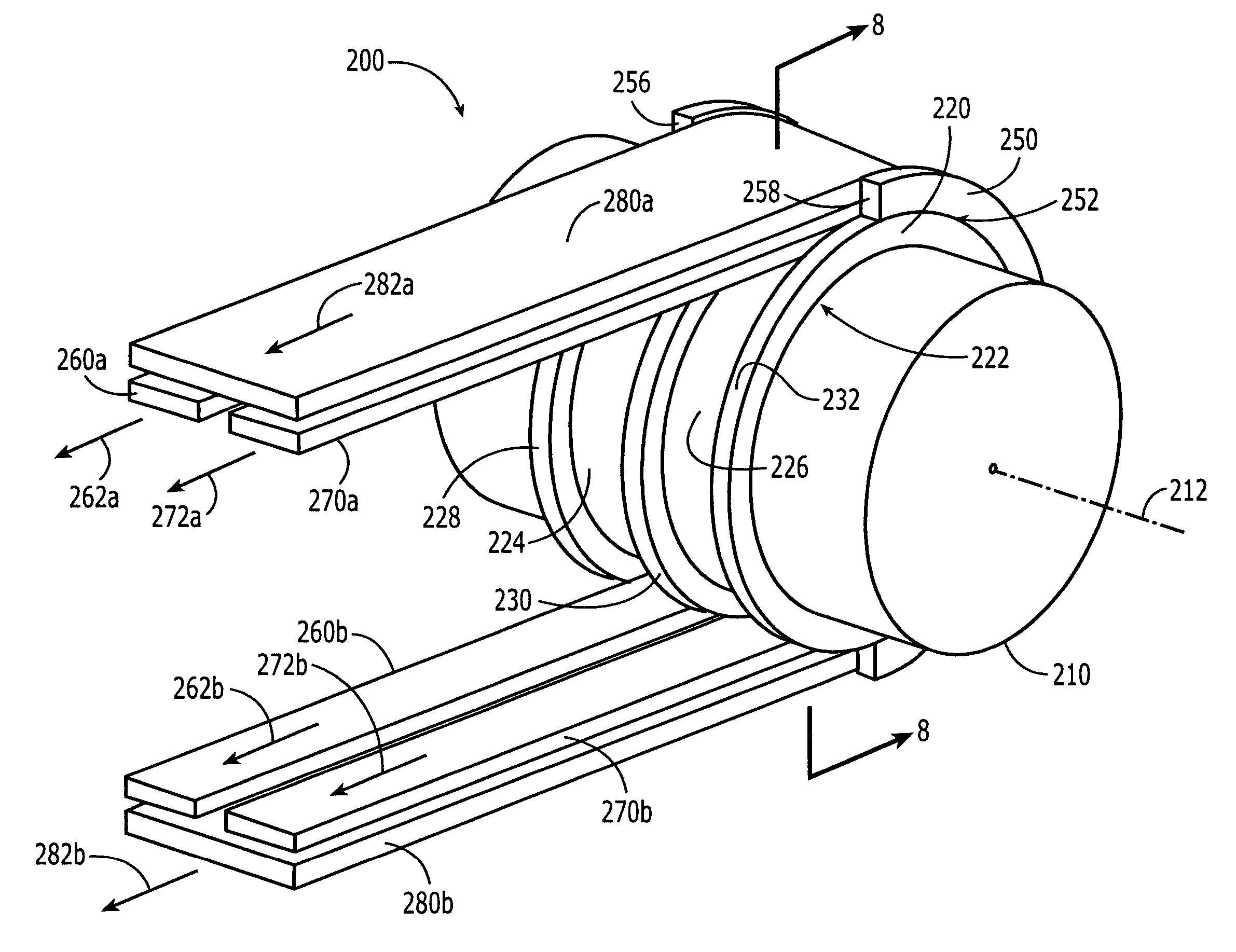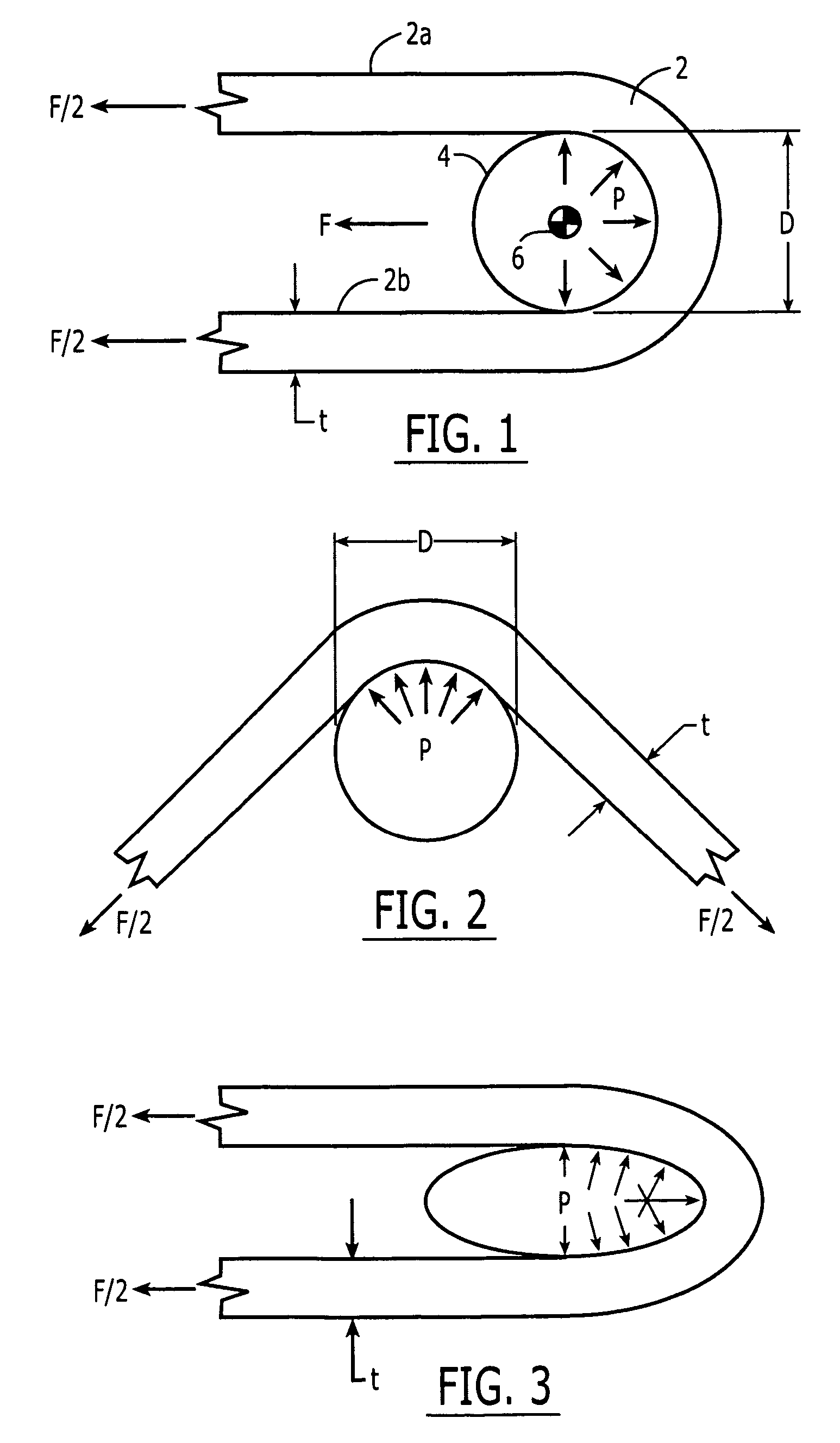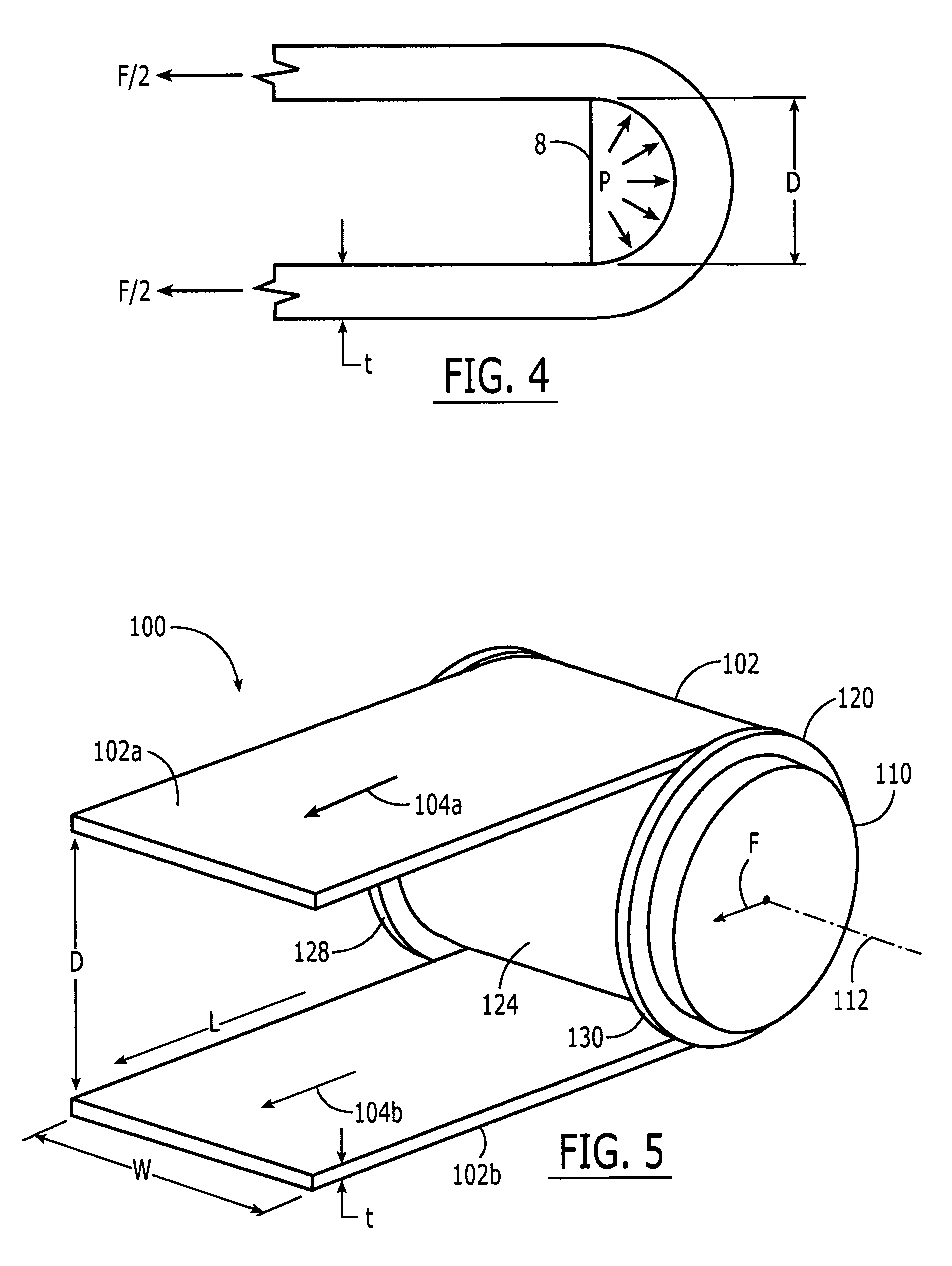Force transfer assemblies
a technology of force transfer and assembly, which is applied in the direction of hoisting equipment, nuclear elements, nuclear engineering, etc., can solve the problems of short travel range, increased construction costs, and increased fuel expenses, and adversely affect longevity
- Summary
- Abstract
- Description
- Claims
- Application Information
AI Technical Summary
Benefits of technology
Problems solved by technology
Method used
Image
Examples
Embodiment Construction
[0035]The present invention now will be described more fully hereinafter with reference to the accompanying drawings, in which some, but not all embodiments of the invention are shown. Indeed, the invention may be embodied in many different forms and should not be construed as limited to the embodiments set forth herein; rather, these embodiments are provided so that this disclosure will satisfy applicable legal requirements. Like numbers refer to like elements throughout.
[0036]A theoretical approach to understanding the transfer of forces from a tensioned member such as a cable to a receiving structure such as a cylindrical member is described herein with references to Equations 1-7 and FIGS. 1-4. These equations, figures and any underlying theories and approximations are described to promote an understanding of concepts underlying the developments of the various embodiments of the invention that are described herein with reference to FIGS. 5-16. The present invention, having many ...
PUM
 Login to View More
Login to View More Abstract
Description
Claims
Application Information
 Login to View More
Login to View More - R&D
- Intellectual Property
- Life Sciences
- Materials
- Tech Scout
- Unparalleled Data Quality
- Higher Quality Content
- 60% Fewer Hallucinations
Browse by: Latest US Patents, China's latest patents, Technical Efficacy Thesaurus, Application Domain, Technology Topic, Popular Technical Reports.
© 2025 PatSnap. All rights reserved.Legal|Privacy policy|Modern Slavery Act Transparency Statement|Sitemap|About US| Contact US: help@patsnap.com



